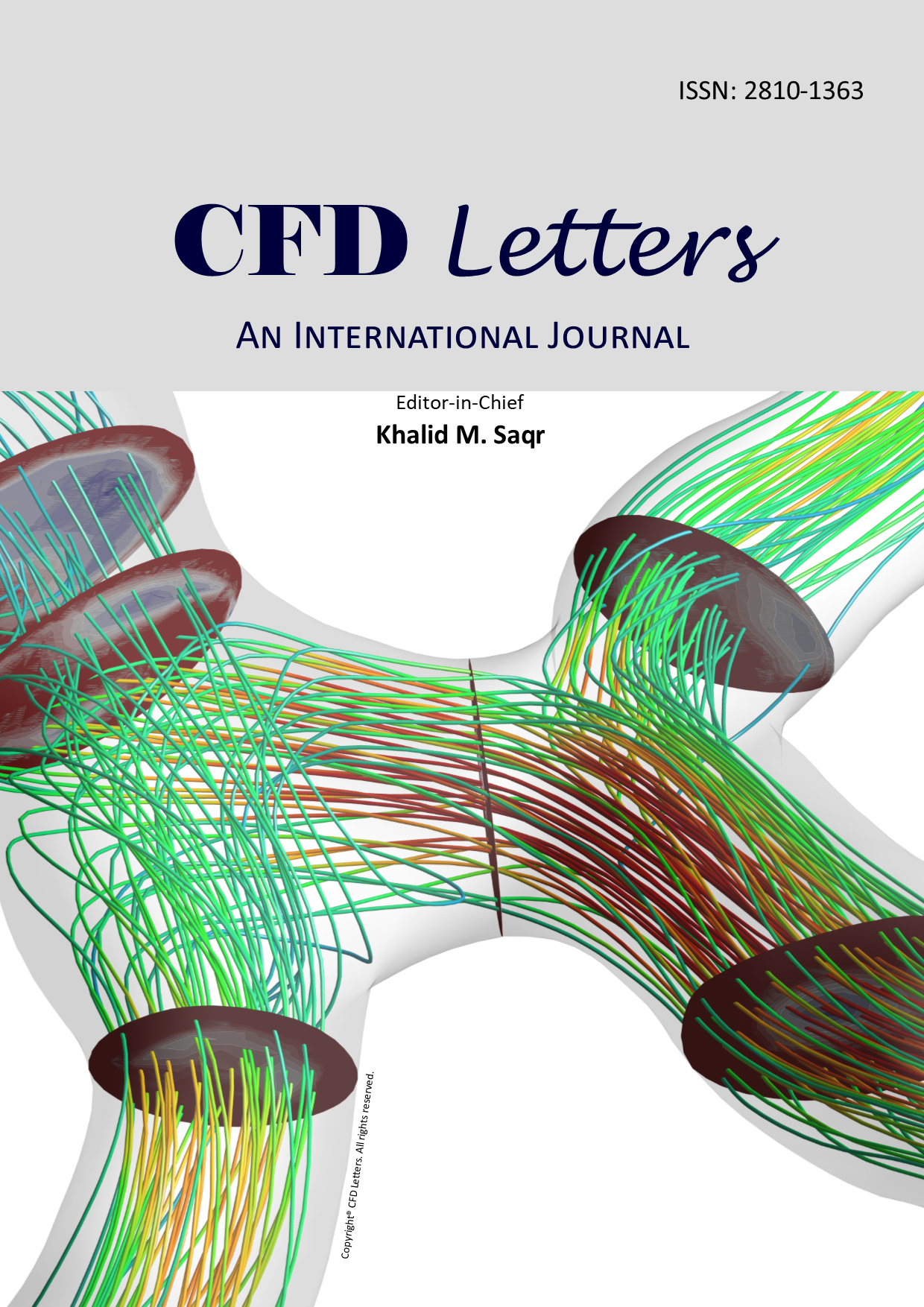Effect of Blade Depth on the Energy Conversion Process in Crossflow Turbines
Keywords:
pico hydro, crossflow turbine, blade depth, computationAbstract
In 2019, more than 4.5 million people in remote areas of Indonesia had limited access to electricity. To solve the electricity crisis in remote areas, pico-hydro-type crossflows are recommended for independent power plants. When designing a crossflow turbine, the blade depth is an important parameter. Crossflow turbine performance is affected by the nozzle and the blade. This study will discuss the effect of blade depth on the energy conversion process in crossflow turbines. Using computational methods, this study compares three blade depths: 1.5-mm, 3-mm and 4.5-mm. Two-dimensional transient simulations were carried out using the six degrees of freedom (6 DoF) approach. The viscous model was shear stress transport (SST) k-? and 6 with the volume of fluid (VoF) approach. From the results, the maximum efficiency of crossflow turbines shows that blades with greater depths tend to have higher efficiency. However, the 3-mm blade depth showed maximum efficiency vulnerable to wider than 4.5-mm and 1.5-mm depths. Thus, the 3-mm blade depth is recommended for this condition.













